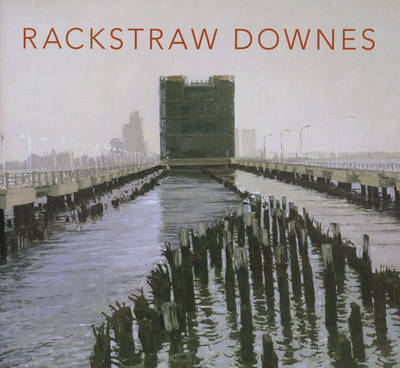Rackstraw Downes paints down-to-earth, often gritty features of today's American environment in an unflinching and highly realistic style. This book is the first to provide a multifaceted picture of his work, its intellectual foundations, and its place in the history of art--from both outside commentators and Downes himself. Beautifully illustrated, with copious examples from thirty years of the artist's work, the book makes eminently clear why Downes is widely regarded as a "painter's painter." It showcases many of the artist's panoramic pictures--painted with a strong sense of place and a miniaturist's sense of scale. The images, which depict industrial parks, construction sites, housing projects, refineries, razor wire, and landfills, stimulate fresh thoughts about these supposedly unattractive sights. Bathed in the light of a precise time, the paintings resonate with a strikingly evocative quality. The three essays that accompany Downes's art provide rare insights into the way a painter thinks and works. Sanford Schwartz explores the relationships between the artist's personal and intellectual background and his oeuvre.
Robert Storr situates Downes in the context of a number of highly prominent contemporary artists such as Chuck Close, Bernd and Hilla Becher, Jasper Johns, Gerhard Richter, and Robert Smithson in a way that offers a new interpretation of Downes's work, while making clear its importance within twentieth-century art. Downes's own essay, "Turning the Head in Empirical Space," presents a direct, firsthand account of his working methods within a larger discussion on spatial paradigms of Renaissance and post-Renaissance modes of painting.
- ISBN10 0691120471
- ISBN13 9780691120478
- Publish Date 8 May 2005
- Publish Status Out of Print
- Out of Print 22 August 2014
- Publish Country US
- Imprint Princeton University Press
- Format Hardcover
- Pages 200
- Language English
- URL https://press.princeton.edu/titles/7934.html
